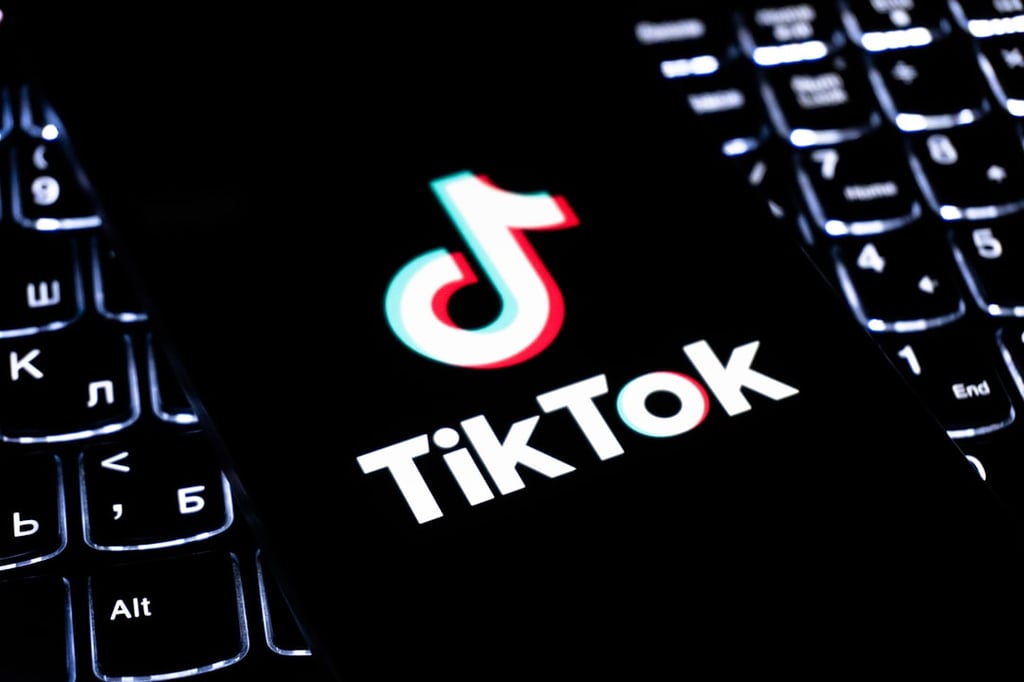Datamation content and product recommendations are
editorially independent. We may make money when you click on links
to our partners.
Learn More

Imagine being able to walk into a corporate sister company and get your computing services magically beamed to any device as an on-demand
service.
Startup XDS is doing it. But it isn’t magic; it’s just a nifty new networking
technology.
The company makes SIMtone (Secure Interactive Mobile Tone), which works like
a dial tone to beam computing services to PCs, thin clients, PDAs and cell
phones. SIMtone enables a virtualized PC environment where desktop,
applications, e-mail, and audio and video streams may be accessed on demand.
SIMtone delivers such services to machines using LAN, WAN or Internet
connectivity, all without a local copy of the data, application or
supporting servers.
Instead, pixels comprising a screen image, or a digital audio or video
stream, are transferred in encrypted format and delivered locally to a
SIMtone access device (SNAP), which is a $99 desktop appliance.
The company’s first service, SIMtone Virtual Desktop utility, is essentially
a virtualized PC, delivering Windows desktop sessions to corporate employees
in real-time across the business network or via the Internet.
XDS CEO Mario Dal Canto discussed the company’s premise and services during
a recent interview with internetnews.com.
Q: With virtualization being all the rage these days, what does XDS aim to
do that others don’t?
Most of the efforts so far enable the hosting of clients in a very efficient
way, in a centralized way on a server — the ability to manage those clients
and connect them to the appropriate user on demand. There are all kinds of
very important technology focused on the server and making it valuable for
hosting, creating and making it usable.
A few years ago, XDS looked at a
different problem that eventually got reconnected to the virtualization
issue because bandwidth and latency are going to go to a different world in
a short time.
The PC as a physical entity will probably go away. The logical entity will
not. The issue standing here is, since people will try to use bandwidth to
leverage a centralized, hosted virtual server world, we should radically
simplify the technology required to make those sessions deliverable
anywhere, anytime, and usable in a simple way.
If you have a virtual
server, you literally plug it into the SIMTone, and it does not require any
special configuration on the server itself. It securely delivers, on-demand,
that Windows session to any corporate network or Internet access point on
demand. Then we make sure it has a dial tone kind of experience, which is
the simplest thing you could find from the user perspective.
Q: So while VMware is focused on virtualization operating systems,
are you are virtualizing the actual PC?
In many ways, yes. The simplest way to describe it is this is a virtual VGA
cable that is available on demand anywhere that is extremely secure and
requires no customer premises equipment or configuration by the user. Aside
from reducing the costs of building any infrastructure to deliver
virtualized desktops to people inside the corporation, we have focused
heavily on making sure the end user can access these sessions.
Analysts said
that only 10 percent of virtual and centralized desktop servers reached the
physical desktop of people because it was too complex, too insecure, too
costly and therefore was a big roadblock to virtualization becoming
mainstream. Essentially, this is what we fixed. You have no installation, no investment to make. You just plug your SNAP server in and those sessions are delivered.
Q: How do you secure the SIMtone sessions?
With the dial tone, you don’t actually connect to a virtual server — it’s
the other way around. You identify yourself to the dial tone, the dial tone
finds out who owns the SNAP server you should be connected to, tells the
server where you are and the server connects to you.
This means you close
your inbound ports on the firewall, hide the server on your LAN and at the
same time you can be anywhere you want on the intranet or Internet and you
will get to your session. No data comes out, all the pixels are encrypted
and they don’t flow through our infrastructure because the connection is
directly from the virtual server to the thin client, so nobody sees
anything.
It eliminates the data-loss risk because one of the big drivers
for virtualization in the enterprise is that companies don’t want to give
PCs to employees anymore. With HIPAA and financial services regulations, you
lose PCs and you can lose the company. With this, you eliminate the risk.
Q: What you’re talking about sounds like other PC virtualization products
from Citrix, or VMware’s ACE product, which allows users to virtualize a PC
by taking it anywhere on a USB or disk.
That’s an excellent point but here is the difference: We do not allow any
data to move across the firewall. Only the pixels get sent out. This is
important from a security perspective.
We actually allow people to hide
their servers behind a closed firewall in a stealth IP address and deliver
access to the Windows sessions from any point inside or outside the company.
You don’t download your PC data or take it with you; you have it available
everywhere all the time from any device.
You don’t have to configure
anything. We’re the only ones that let you plug and play a thin client on
the Internet from home behind the firewall. You power it on, you get the
dial tone, you type in your user name and password and there’s your PC.
Q: Some analysts peg this virtualized PC space to be a multi-billion-dollar
market. Is XDS’s plan to get in early the way VMware did with server
virtualization and gradually build momentum?
Competition is there no matter what you’re business, but as long as you are
different and can fit and fulfill a good portion of the market requirements,
you will do well. We’re not going to take over the world and neither will
Citrix. There are customers that like to build their own infrastructure;
they have VPN infrastructure, Web servers and they spend the money to do all
that, and that’s quite fine.
We eliminate all of that. We make it an
on-demand, real-time experience for the user and the IT department. We see
this as the way to go, but we’re not going to be the only ones.
This article was first published on InternetNews.com. To read the full article, click here.
-
Ethics and Artificial Intelligence: Driving Greater Equality
FEATURE | By James Maguire,
December 16, 2020
-
AI vs. Machine Learning vs. Deep Learning
FEATURE | By Cynthia Harvey,
December 11, 2020
-
Huawei’s AI Update: Things Are Moving Faster Than We Think
FEATURE | By Rob Enderle,
December 04, 2020
-
Keeping Machine Learning Algorithms Honest in the ‘Ethics-First’ Era
ARTIFICIAL INTELLIGENCE | By Guest Author,
November 18, 2020
-
Key Trends in Chatbots and RPA
FEATURE | By Guest Author,
November 10, 2020
-
Top 10 AIOps Companies
FEATURE | By Samuel Greengard,
November 05, 2020
-
What is Text Analysis?
ARTIFICIAL INTELLIGENCE | By Guest Author,
November 02, 2020
-
How Intel’s Work With Autonomous Cars Could Redefine General Purpose AI
ARTIFICIAL INTELLIGENCE | By Rob Enderle,
October 29, 2020
-
Dell Technologies World: Weaving Together Human And Machine Interaction For AI And Robotics
ARTIFICIAL INTELLIGENCE | By Rob Enderle,
October 23, 2020
-
The Super Moderator, or How IBM Project Debater Could Save Social Media
FEATURE | By Rob Enderle,
October 16, 2020
-
Top 10 Chatbot Platforms
FEATURE | By Cynthia Harvey,
October 07, 2020
-
Finding a Career Path in AI
ARTIFICIAL INTELLIGENCE | By Guest Author,
October 05, 2020
-
CIOs Discuss the Promise of AI and Data Science
FEATURE | By Guest Author,
September 25, 2020
-
Microsoft Is Building An AI Product That Could Predict The Future
FEATURE | By Rob Enderle,
September 25, 2020
-
Top 10 Machine Learning Companies 2021
FEATURE | By Cynthia Harvey,
September 22, 2020
-
NVIDIA and ARM: Massively Changing The AI Landscape
ARTIFICIAL INTELLIGENCE | By Rob Enderle,
September 18, 2020
-
Continuous Intelligence: Expert Discussion [Video and Podcast]
ARTIFICIAL INTELLIGENCE | By James Maguire,
September 14, 2020
-
Artificial Intelligence: Governance and Ethics [Video]
ARTIFICIAL INTELLIGENCE | By James Maguire,
September 13, 2020
-
IBM Watson At The US Open: Showcasing The Power Of A Mature Enterprise-Class AI
FEATURE | By Rob Enderle,
September 11, 2020
-
Artificial Intelligence: Perception vs. Reality
FEATURE | By James Maguire,
September 09, 2020
SEE ALL
ARTICLES








